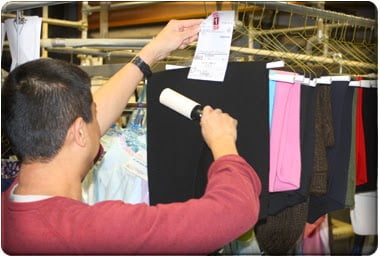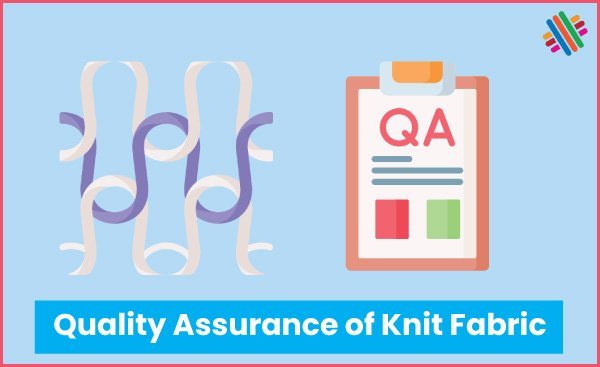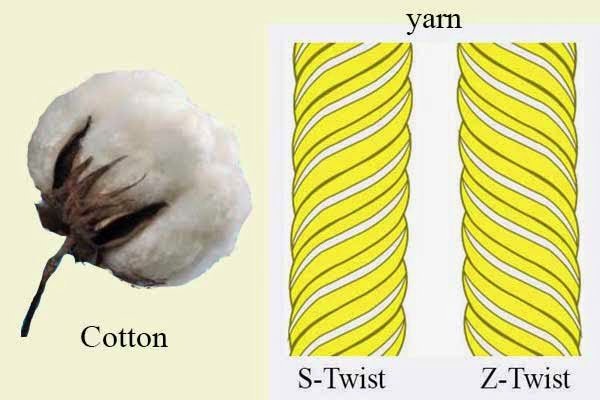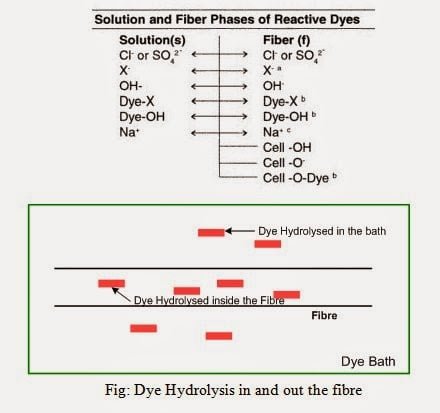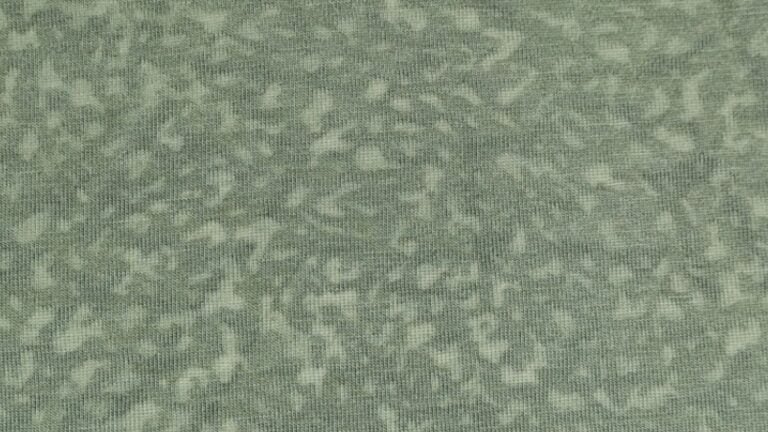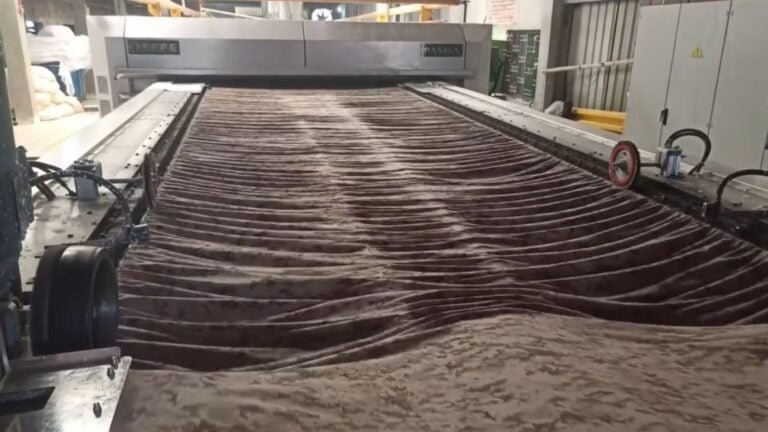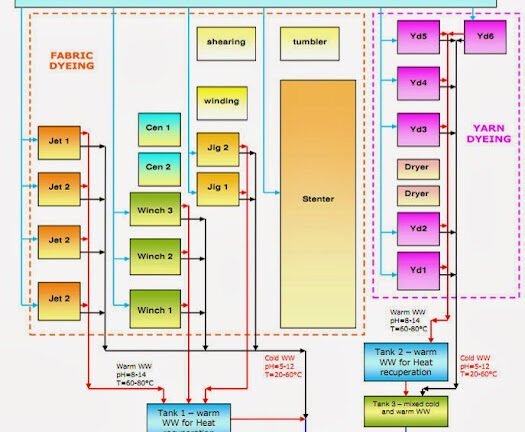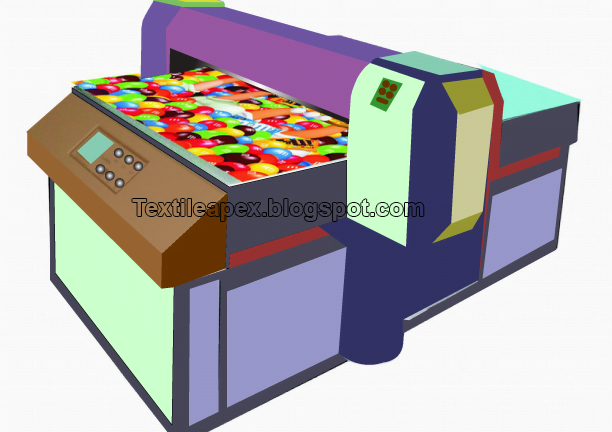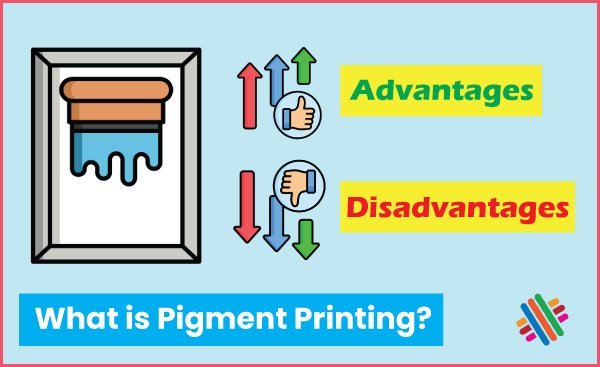An Overview of Fabric Mercerizing
Definition This is a special treatment for cotton yarns, fabrics which improves the fabric luster and wet ability, ensures a covering effect for dead cotton, improves dimensional stability and dyeing efficiency. Mechanism This treatment is done by using caustic soda, which determines the contraction and swelling of the fibres; they become translucent their tensile strength, but reduce their flexural and torsion[…]


